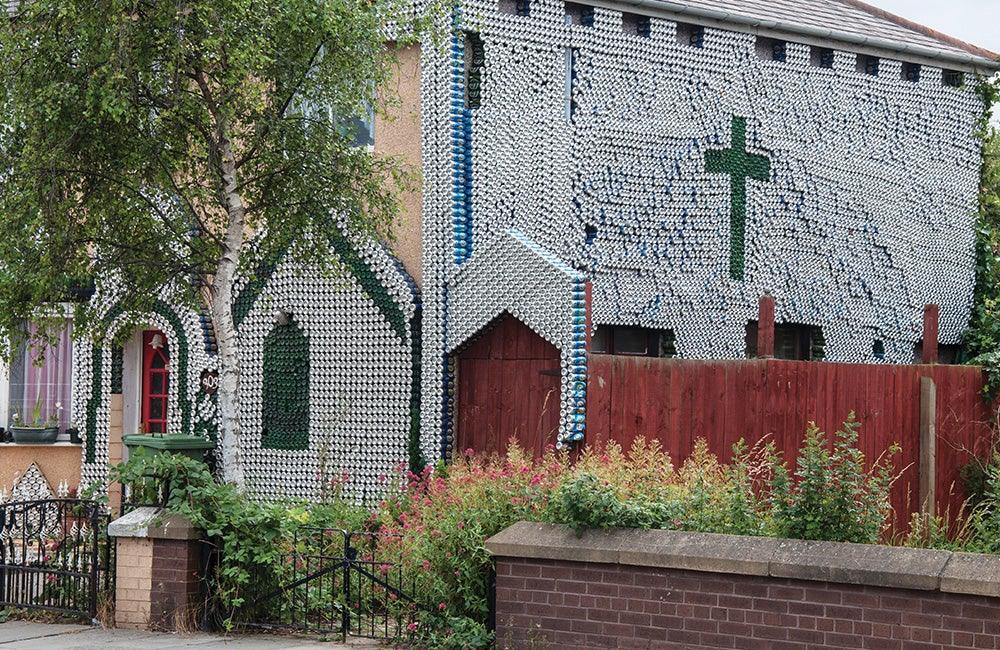First published: Fall 2016
Creativity knows no bounds, and people will use a seemingly endless variety of materials or possibilities to express, create or decorate. We use whatever is at hand, whether paint, paper, wood, metal, stone, glass; obviously, we’ll use whatever we can. We’ve even used berry-juices and charred sticks – the former spat over splayed hands placed as stencils on cave walls, the latter to further mark those caves with living figures.
The buff brown and coloured dirt of the very earth itself is used in the intricate sand “paintings” of the Navajo Indians. These sand paintings’ primary function, however, was for healing not decoration.

Philip Muspratt by his fireplace 2013. Photo by Peter Wilson.
Philip Muspratt, far removed in time, geography and culture from either the Navajo or pre-historic cave dwellers, has also used the most basic of materials he had to hand to create, decorate and, in a way, to bring healing. His dirt-of-the-earth, common-as-muck material being empty beer cans: Carlsberg, Heineken, Fosters, whatever – empty, drank dry and discarded. Trash to most, except for Muspratt, ex-soldier and retired bus driver who, from 1995 until his death in 2015, decorated his modest, semi-detached house and garden in Hartlepool (County Cleveland, England) with beer bottles then, from about 2005, with beer cans.
The house, not surprisingly, is fondly known as “the can house”, and Muspratt himself as “the can man” or “Beernardo da Vinci”, as the local newspaper dubbed him. Muspratt’s work is a gem of creativity in an otherwise unspectacular northeastern coastal town which has seen better days.
This is an article extract; read the full article in Raw Vision #91




